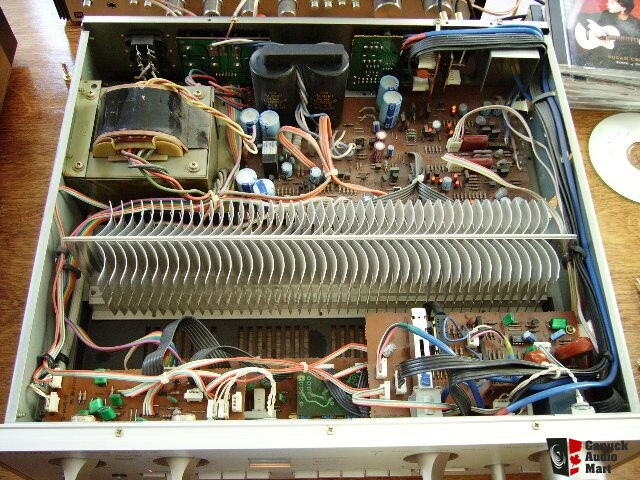Use low mass connectors. Connectors that more closely match the (electro-mechanical) ’mass’ of the cable body. Matched in mass of the signal pathway, though the RCA jack proper. This leads to less impedance dominated reflections in the jack and and cable throughput. It’s why a BNC connector is designed the way it is.
Essentially, a connection is not just the cable, it’s the wire from the board, the connector, the cable RCA jack and then the repeat of that set -at the other cable end.
Finding old pure copper silver plated stamped female chassis mount RCA connectors can be a good thing.
Recall that, I think... it was Hovland, who found and purchased and used a set of older pure copper low mass female RCA jacks on their multi kilobuck issued gear.
they did this for good reason. It sounds not just better, but best, in the given idea of signal transfer for high quality audio attempts.
Big chunky secure looking connectors look cool to the human eye and brain, but sound like doo-doo. Unless one wants high frequency distortions that emphasize and lie about high frequency related detail and harmonics, in the form of distortion of the micro transients. A bunch of hard sounding junk, in my experience. Early in the game, I, like almost all others, went for the ’tiffany’ style connectors for the apparent ’quality’. This mental assessment was incorrect.
WBT moves in the right direction in their nexgen chassis mount RCA connectors. The KLEI and ETI male connector types are also correct (as correct as we currently have, that is).
When done correctly and with enough if them at play in the given high resolution systems this can really make a difference in ’realism’. It’s just a few percentage points but they sure do add up, if all the other percentage points pursued allow this sort of connectivity scheme to show how good it is..
what sort am I talking about? the cheap ones seen on old dynaco gear the like. IF such RCA chassis mount jacks are mechanically secured enough, ie, not loose and wobbly.
So far, there is nothing that is done correctly, in the world of modern replacements, except for the WBT nexgen chassis and cable connectors. Some other companies are moving in that direction, with various degrees of success.
Note that WBT does not make balanced connectors. the idea (IMO/IME, not their specific wording, is my point) is that they don't see the cable technology of balanced, as it currently exists... as being suitable for audio.
WBT could introduce a huge selling balanced connector set (male and female) tomorrow...and they would very likely quickly and completely dominate the high end use of balanced connectors. A huge seller it would be, for them. WBT make terrific products.
Note that they have not done so, and show no indication of doing so.



